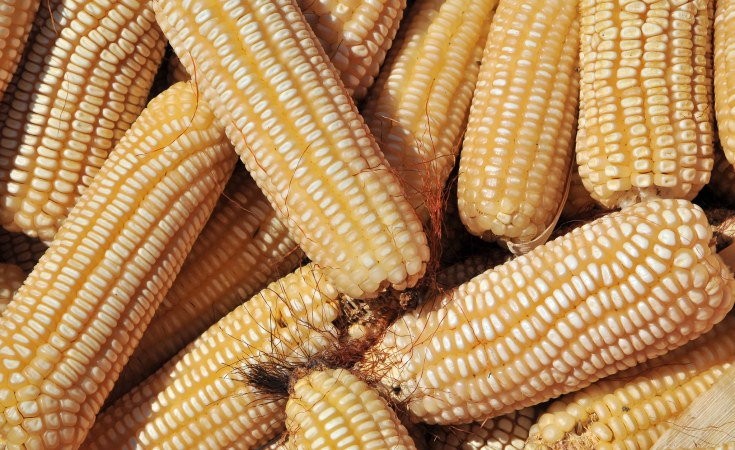
Kenya searches for other sources after losing 42% of Tanzania’s maize imports
Non-tariff barriers caused Kenya’s imports of maize from Tanzania to drop from 97% in the 2021/2022 marketing year to 63% in the 2022/2023 marketing year.
According to a recent report from the US Department of Agriculture (USDA), Kenyan traders imported maize from Tanzania, Zambia, Uganda, and South Africa; but, due to Dodoma’s enforcement of export limits, imports from Tanzania decreased.
Tanzanian export controls on maize included requiring exporters to apply for export licenses before they could ship their goods to Kenya.
According to the article, “Kenya traders have begun to source more corn from non-traditional sources, such as Zambia and South Africa.”
“Traditionally, Tanzania has supplied the majority of Kenya’s imports of corn.” However, since Tanzania implemented new export regulations, traders have encountered difficulties while trying to export grain from Tanzania. When domestic supplies are limited, the Tanzanian government has historically enforced export bans or restricted access to export permits.
Five percent of the world’s total imports of maize came from Uganda, accounting for 0.36 percent.
In terms of percentage terms, Kenya’s imports of maize from Tanzania decreased from 708,978 tonnes in MY 2021/2022 — a 97 percent fall — to 412,755 tonnes in the marketing year 20222/2023. Conversely, imports from South Africa rose by 2,218.94 percent to 64,513 tonnes from 2,782 tonnes, while imports from Zambia grew eightfold to 88,050 tonnes from 10,728 tonnes. Uganda’s imports rose from 2,629 tonnes to 34,590 tonnes, a 1.215.7 percent rise.
In accordance with the EAC Common External Tariff, Kenya maintains a high ad-valorem import charge of 50% on maize coming from countries outside the EAC, whereas imports of maize from EAC nations are duty-free.
In order to cope with shortages brought on by a decline in domestic output, Kenya’s Treasury Cabinet Secretary Njuguna Ndung’u provided a window for Kenyan traders to import 900,000 tonnes of white maize duty-free from nations outside the East African Community. This announcement was made in a gazette notice.
5.4 million 90 kilogram bags of carryover stock from June 2023 and 19.7 million bags of estimated long rain harvests were anticipated to be supplemented by the imports.
Only 259,470 tones of maize, or 28.83 percent of the intended imports, were transported into the nation four months after Kenya opened the duty-free maize importation window on February 1, 2023, with the majority coming from the EAC, according to data from the Ministry of Agriculture.
The state’s attempt to reduce the cost of living was severely hampered by a number of factors, including the rising price of grain on the global market, the granting of import permits to businesses with dubious financial standing, and the High Court’s decision to halt the importation of genetically modified products.
All Categories
Recent Posts
Tags
+13162306000
zoneyetu@yahoo.com



